When you think of gender-related movements in Turkey, you think of the Turkish headscarf laws. Until 2013, women working in the public sector and students in universities were not allowed to wear the headscarf. This restriction on religious-oriented attire dates to the founding of the Turkish secular state, when the founder, Mustafa Kemal Ataturk, introduced clothing regulations created to separate religion from civil service. He did not directly ban the headscarf, but through his extensive reforms of the civil code, education and social integration of the sexes, he granted women the freedom to decide for themselves whether they wanted to cover their heads. It was assumed that with this freedom, they would eventually give up the headscarf as the new secular Turkish state developed.
The headscarf debate is poignant because it symbolizes the debate within the feminist movement in Turkey, which is currently at the stage where it accepts that there are multiple ways to be a female, and that these different identities come with different problems and solutions. Radical feminists, autonomous feminists, socialist feminists, Islamic, Kemalist, Kurdish, Armenian feminists and other women’s movements group all construct different feminist identities for themselves. The cleavages appear, however, not so much in the aims of the movements, but in the context.
Some argue that lifting the headscarf ban has given women more freedom. There were several women who were kicked out of universities and public sector jobs because they wore the headscarf. They now have the same employment and educational opportunities as other women. Islamic feminism is a feminism in the context of societies where religious traditions play an important role in women’s lives. They do not want to reject religion, but want to redefine their roles within the context of their religious customs. This has been the cause of many controversies between Islamic and Western feminists. Western feminists cannot comprehend that a woman wearing a headscarf can be a feminist because they think she is inflicting patriarchal restrictions upon herself. However, Islamic feminists argue that they have the right to determine what they wear and believe in.
Even though there are many ideological differences between women’s groups in Turkey today, feminists come together to work on common issues like gender equality and increasing female representation in politics. According to the Turkish Domestic Violence Against Women Report of 2014, “38 percent of ever-married women have been subjected to lifetime physical and/or sexual violence.”
Turkey President Recep Tayyip Erdoğan once blamed feminists for not understanding the special status that Islam gives to mothers. Similar claims from Turkish politicians, most of whom are men, reflects that they do not understand this issue due to the lack of social and political pressure from a united feminist movement. Increasing female representation is key to fighting the social injustice against women, especially when women only made up 14 percent of the last parliament, and only 28 percent of Turkish women are involved in the workforce.
There is a lot more to feminism in Turkey than the headscarf ban. For instance, while the mainstream feminist movement wanted to look at issues confronting women in Turkey in general, the conflict between Kurdish and Turkish feminists is severely negatively impacting Kurdish women. Women are fighting for greater representation, greater social equality and greater self-determination. In this context, lifting the headscarf ban seems like a good idea because it gives more women the right to self-determination within their own religious beliefs.

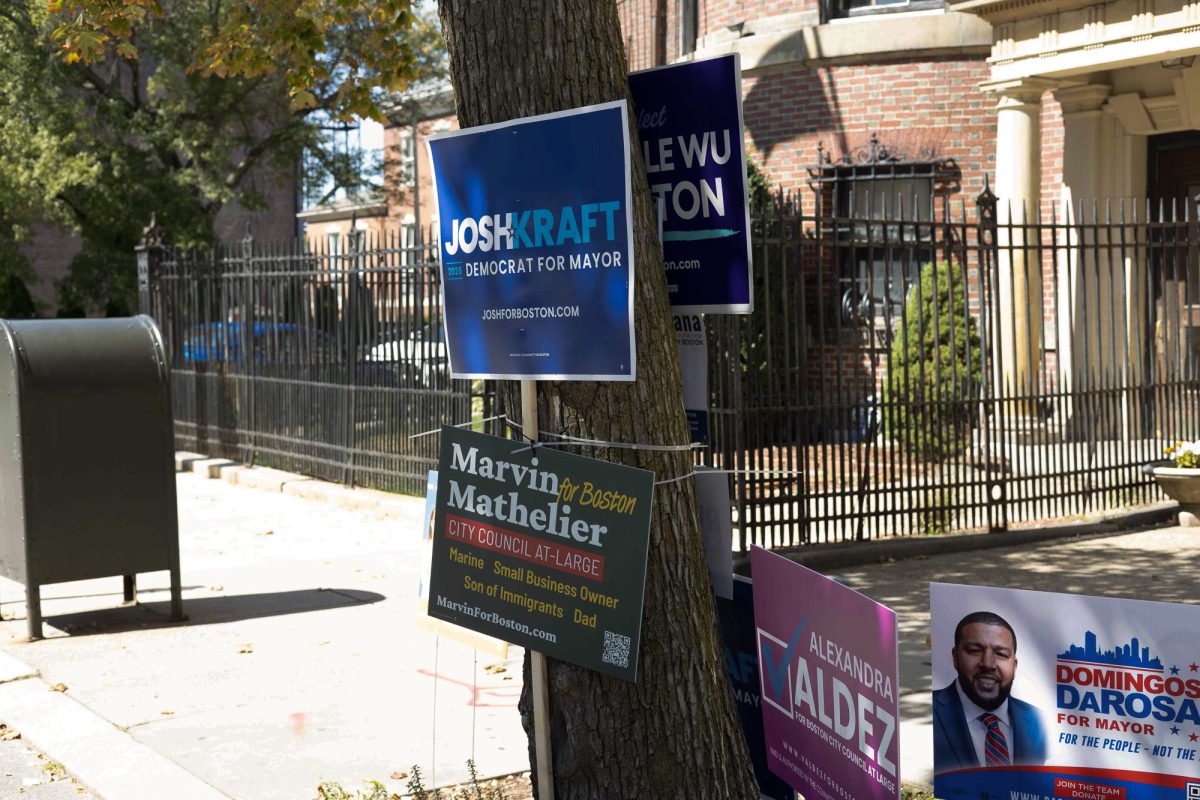


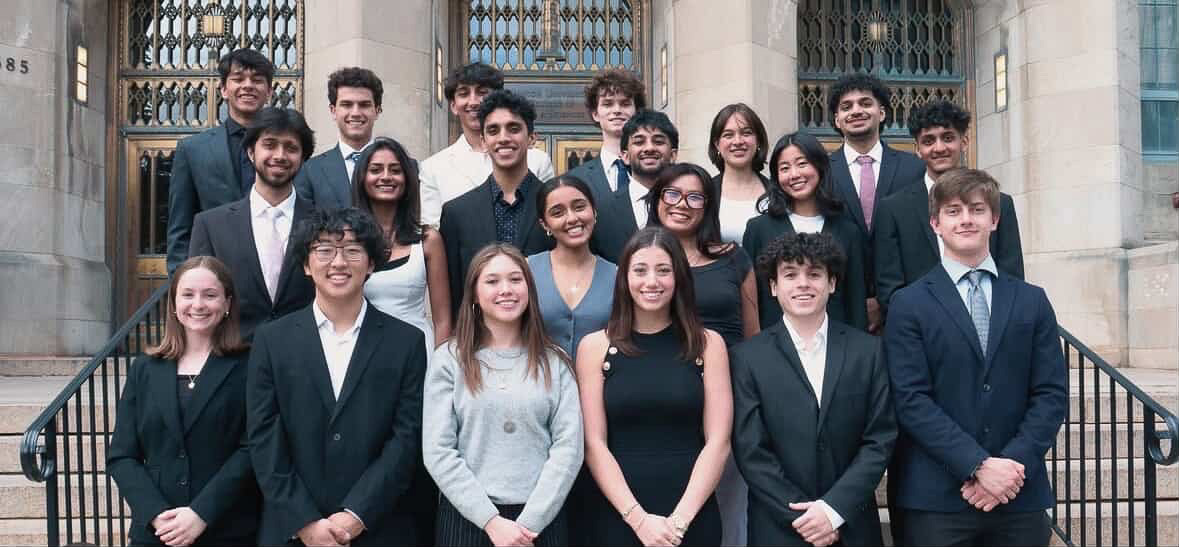


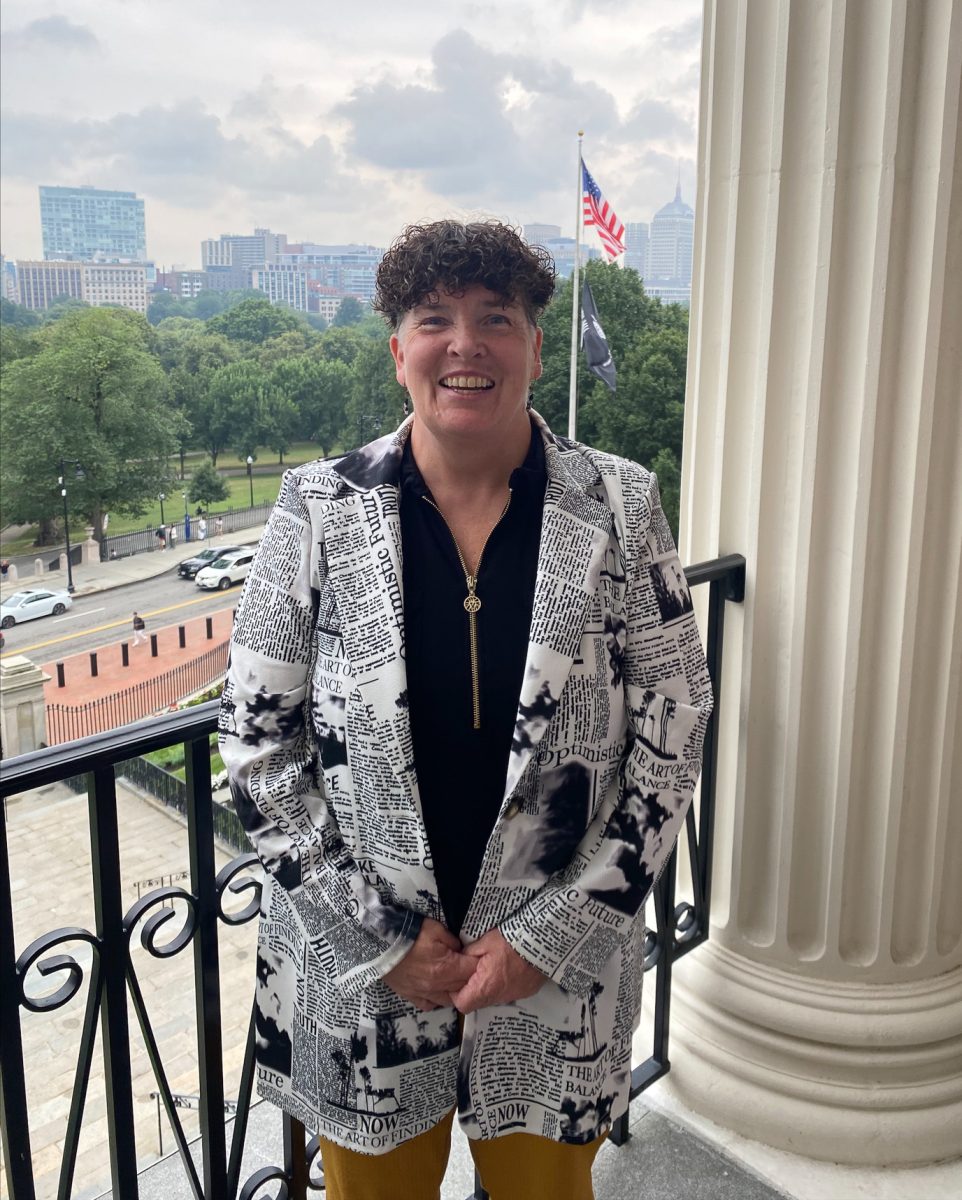





























































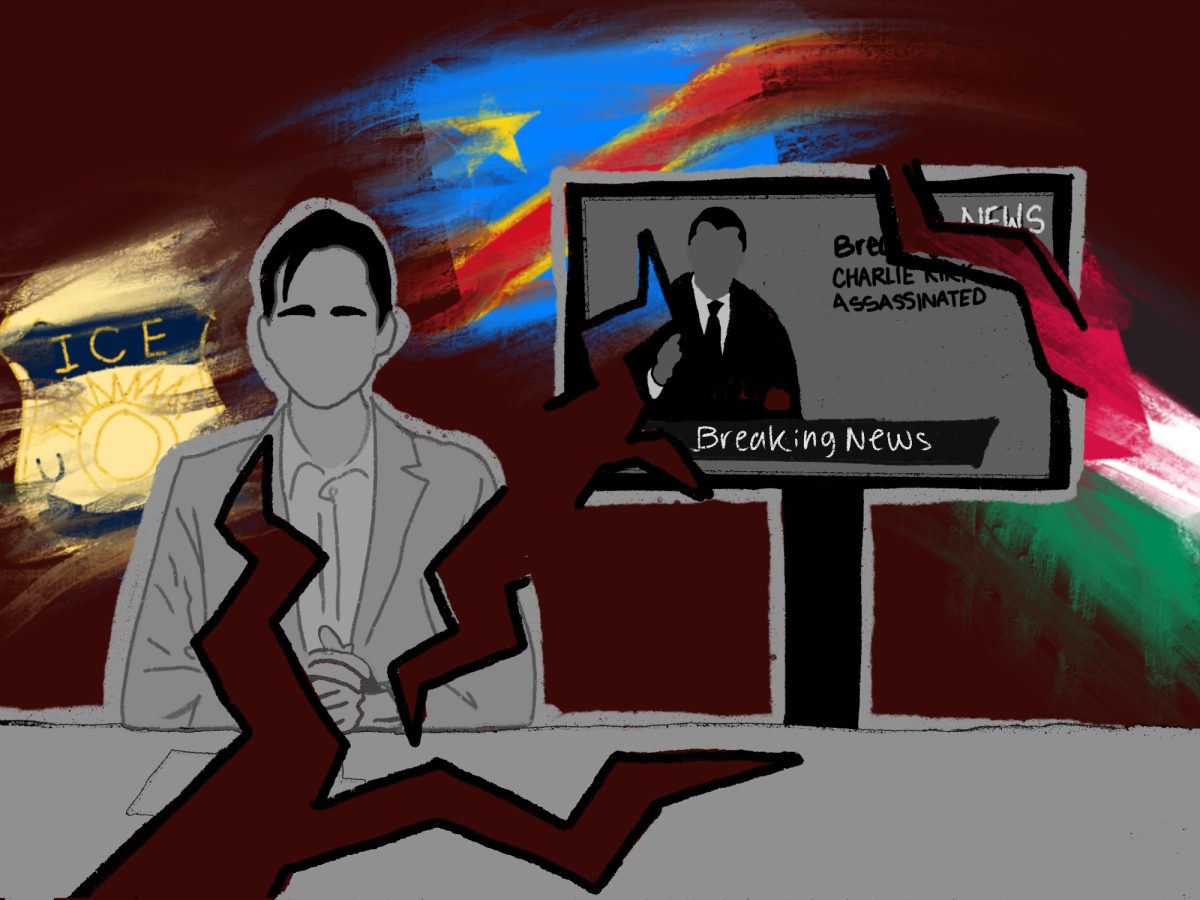












































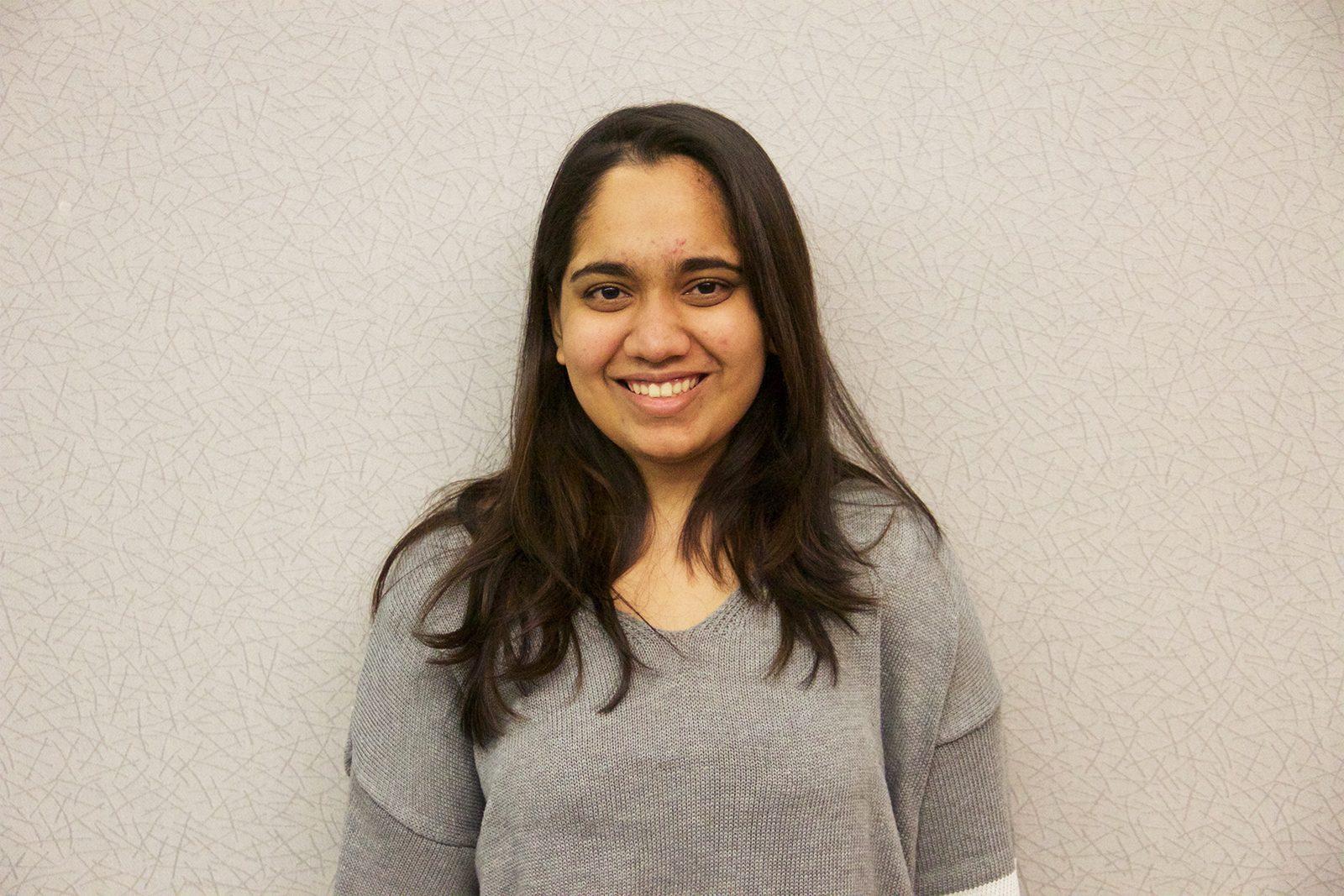



Rita • Mar 16, 2017 at 1:16 am
If a women chooses to wear a headscarf due to her religious beliefs that is her choice and is completely consistent with the feministic belief of self determination. However the idea that the headscarf represents religion is troublesome since this is a cultural tradition that was likely established by men ( and not women )
Rajesh • Mar 7, 2017 at 11:32 am
Baning headscarf isn’t feminism or so called Islamic feminism stupid!!! It is direct Islamisation…. By that logic of the author, Iran and Saudi Arabia are feminist nations??? use some common sense free Press…